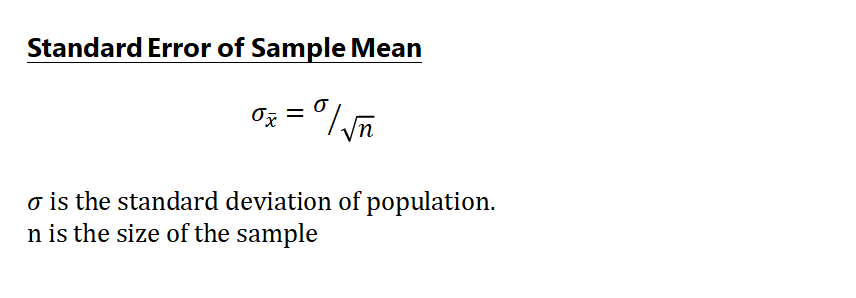This study selected the top 100 companies from the manufacturing sector at the Shanghai Stock Exchange by (MC) for a period of 10 years (2012–2021)
The selection of only top firms by market cap invites selection bias: these firms are more likely to have resources and institutional pressures that support CSR behaviour and stakeholder engagement. This may inflate the observed positive relationship between CSR and performance and may not reflect firms with fewer resources.

